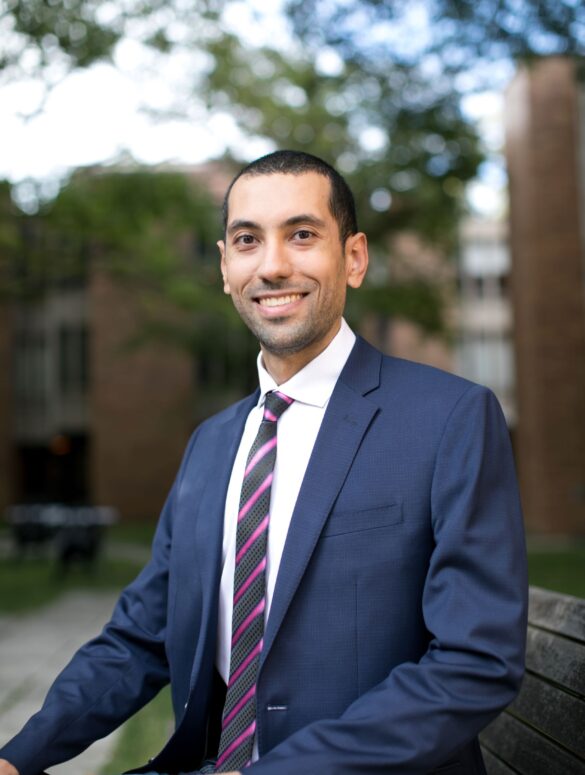I was born in Yazd, Iran, a historic city known as one of the oldest cities in the world. Given its hot and dry desert climate, it was always surprising to me how such an ancient civilization could form there. Yazd is known for its highly efficient water transpiration system called qanat, which can supply the surface water from the underground aqueduct. Since childhood, I was inspired by such cultural perseverance and adaptability to take initiative and be flexible in circumstances of all stripes. Nothing seems impossible to me when thinking about how my ancestors built one of the oldest civilizations in a desert.
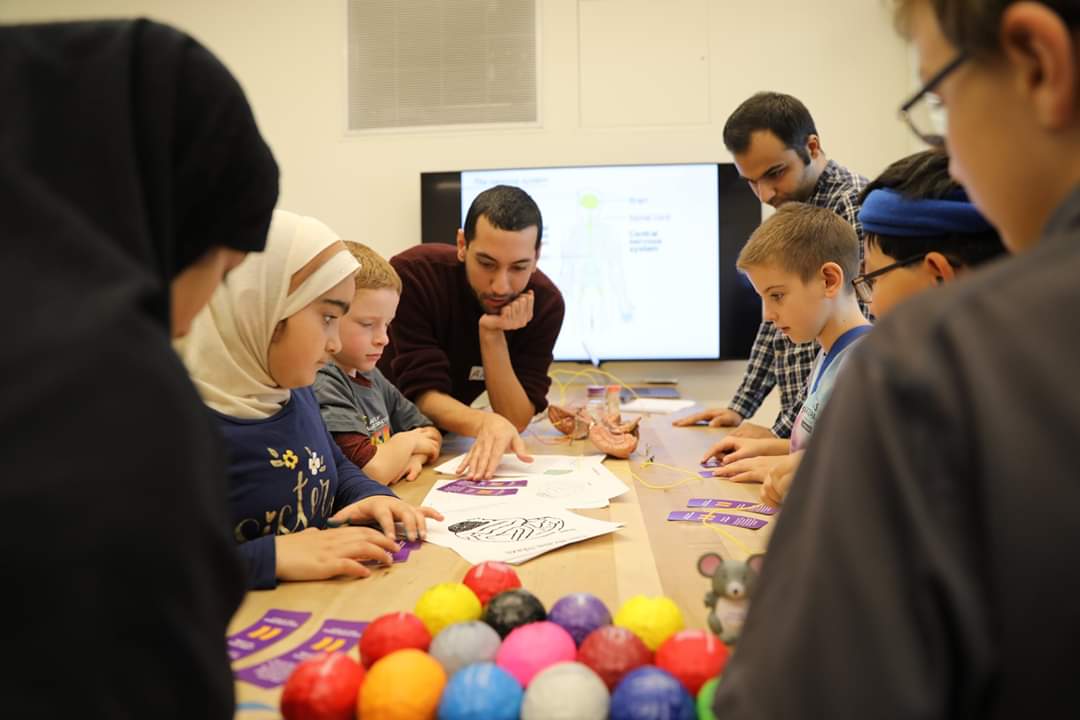
I want not only to be a part of the existing race to create a more scientifically advanced tomorrow but also to be the coach of our science community, where individuals advocate for evidence-based decision-making. I know I have found my passion and I feel joy and enthusiasm when I consider myself a neuroscientist, committing myself to lifelong learning, trying to solve crucial problems of humankind, and shaping the cutting-edge research in the world.
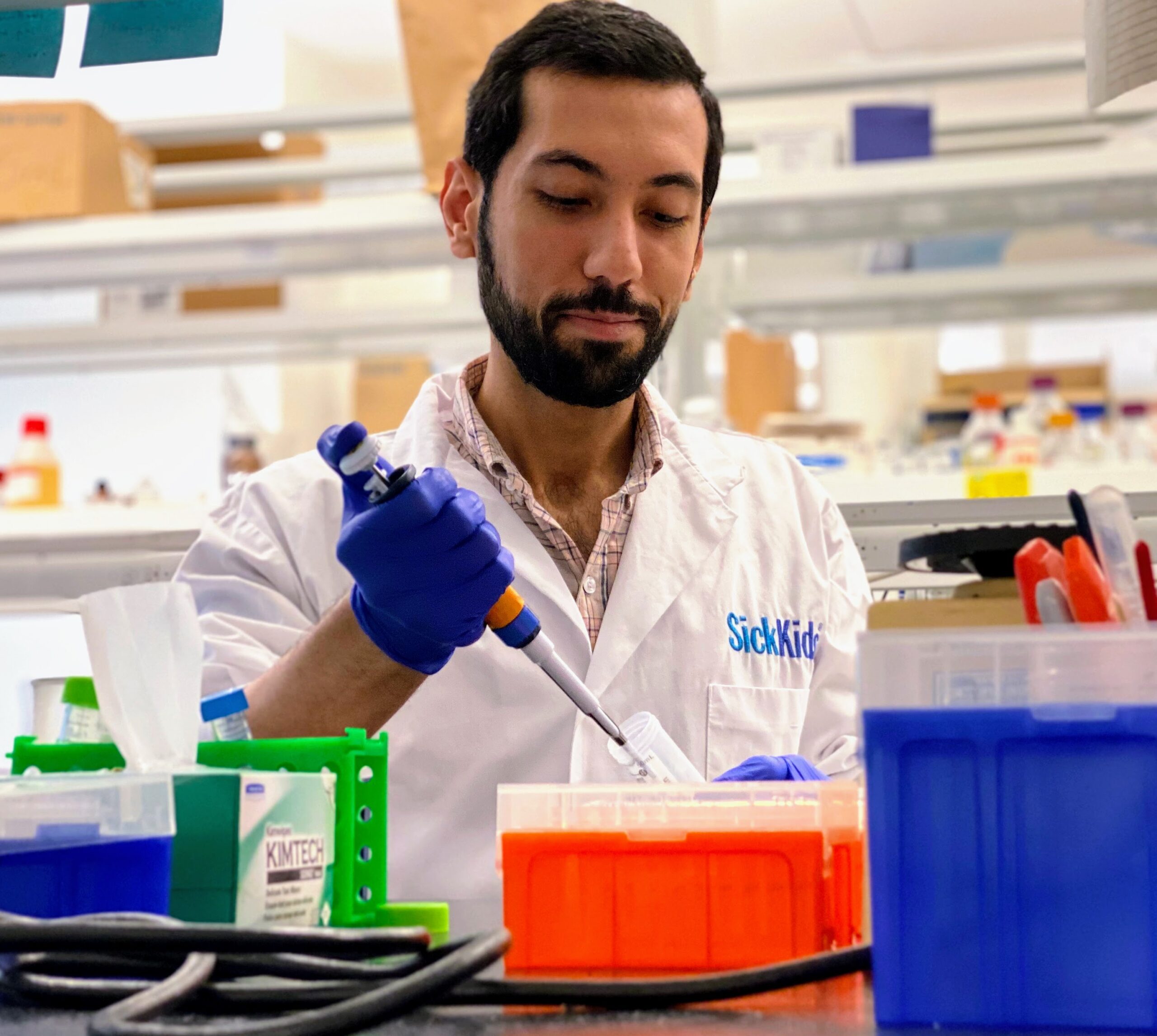
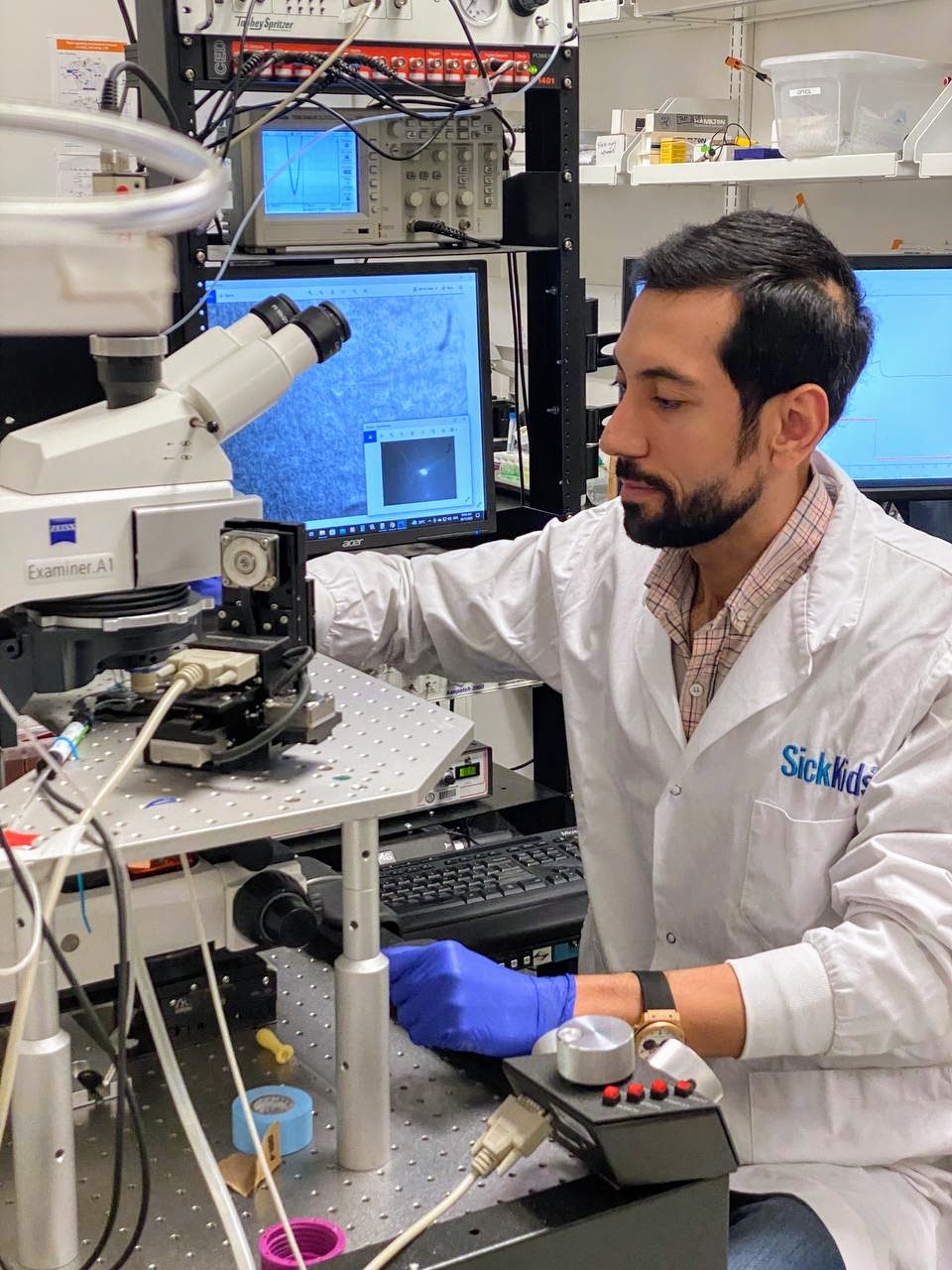
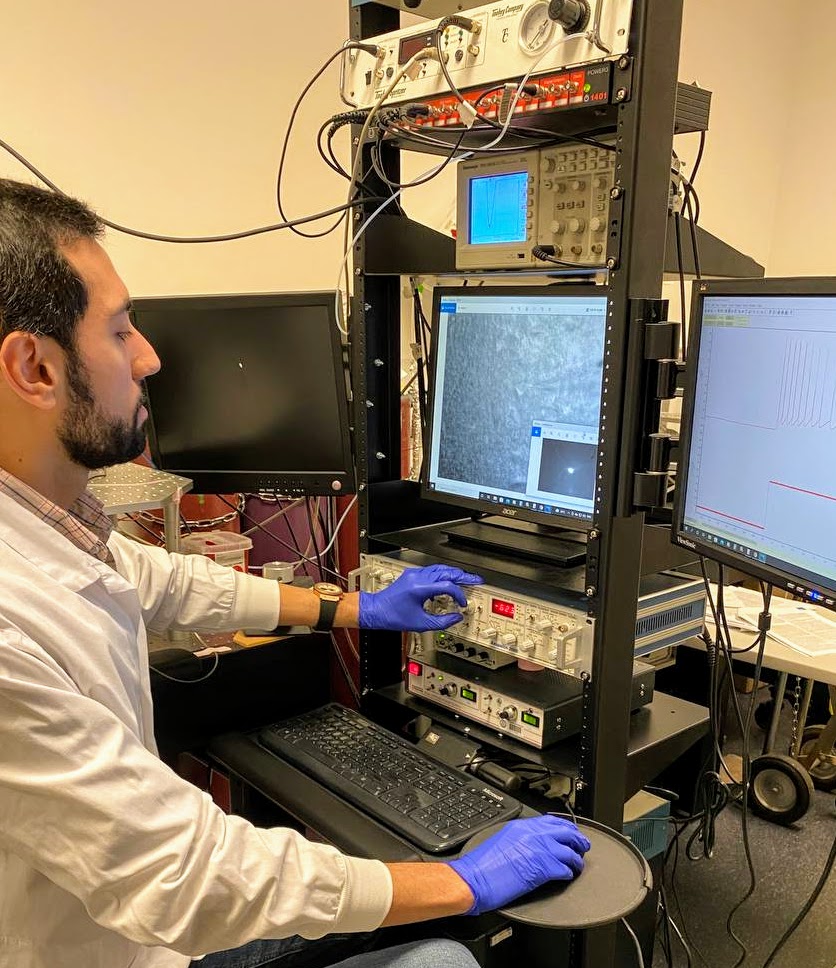
Biomedical engineering entails combining different scientific and engineering fields and harnessing the power of new technologies to solve medical problems. By definition, biomedical engineering necessitates taking a multi-faceted approach to answer the questions that nature posed for us and to push our future forward. During my graduate studies, I combine animal experiments with computational modeling and machine learning to understand how the nervous system processes information, aiming to find more effective therapeutics for neurological diseases such as epilepsy and chronic pain.
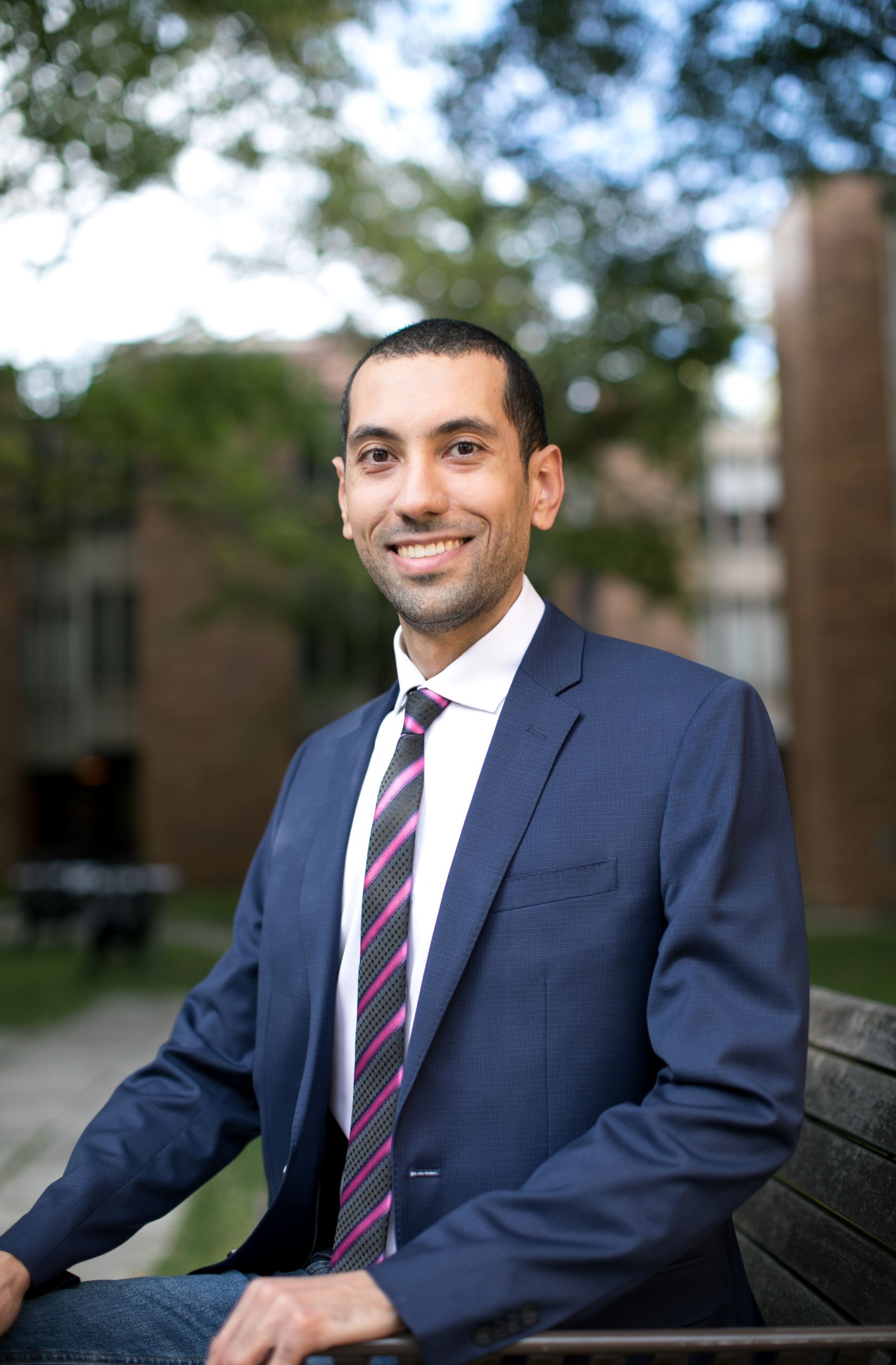
As a Graduate Student Governor at the University of Toronto, I monitor the quality and substance of institutional leadership and decision-making and provide input on proposed policies at various stages of development. I also establish partnerships and collaborations with both the administration and student societies, aiming to bring students’ perspectives to the table. One recent example is to develop the institutional guidelines for restarting research during the COVID-19 pandemic in consultation with community members to ensure safe recovery and adaption of research operations.
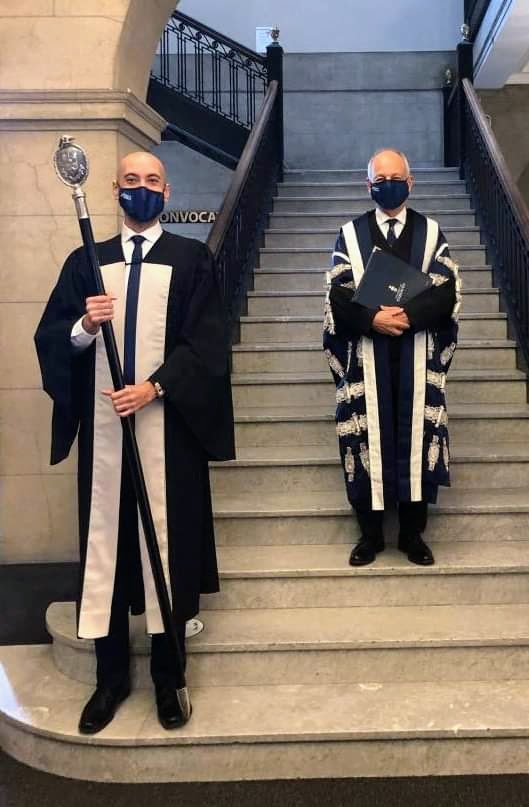
Within U of T, we are surrounded by boundless innovation, curiosity, and passion. But, of course, we can always be better and do better, and there is always some room for improvement and change. If you want to change a system, you should be a part of it. So, I garnered the opportunity and am truly honored to serve on Governing Council, the highest governance body at U of T. I envision committing myself to lifelong learning and shaping the cutting-edge research in the world as a university professor and administrator. I also hope to harness the best leadership opportunities at the university to grow research quality undergirded by inclusion and diversity. Like research, teamwork and collaboration are keys to good governance. Every initiative involves multiple stakeholders, and our goals can be achieved only once all different opinions are heard and all stakeholders are engaged with the decision-making process.
Faces of BME is a series of biomedical engineering student profiles that focus on the student journey throughout graduate school, inside and outside the labs. We place emphasis on quotes and photos. If you are interested in being featured, please fill out this form and we will get back to you as soon as possible.


